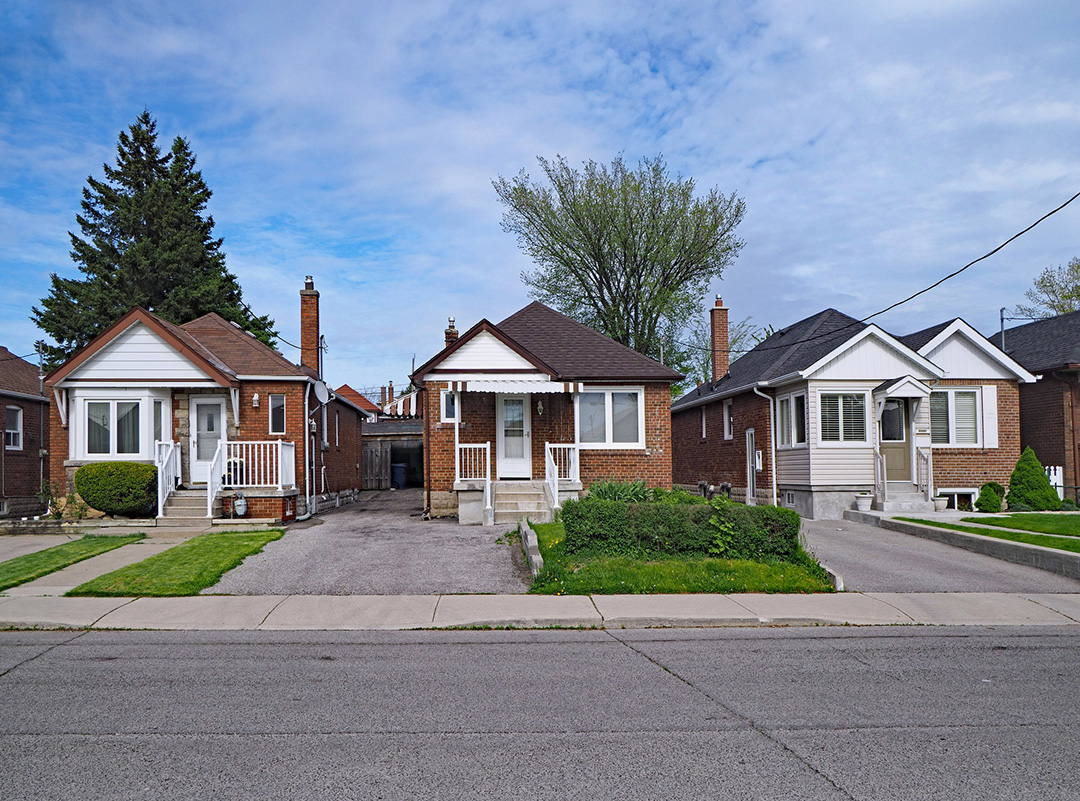Options to Stay in Your Home
Financial difficulties can happen to anyone. When those difficulties threaten your ability to keep up with your monthly mortgage payment, it’s good to know there are ways to help you get back on track, avoid foreclosure, and stay in your home.
As soon as you anticipate difficulty making your monthly mortgage payments, contact your mortgage servicer — that’s the company you send your monthly mortgage payments to — and ask about your mortgage relief options, such as those listed below. If you want more information before making that call, a housing counselor can help provide guidance at no cost.
If your long-term financial outlook has recently changed, consider refinancing or a loan modification. For temporary or short-term financial hardships, consider options like forbearance, a repayment plan, or payment deferral. All of these relief options allow you to stay in your home and avoid foreclosure.
Refinancing can lower your monthly payments, update the terms of your loan, and provide greater predictability for the future.
If you’re current with your mortgage payments but struggling because of a high interest rate or unmanageable monthly payments, refinancing may offer the relief you need.
- Refinancing at a lower interest rate can decrease your monthly payments and reduce the total amount of interest you pay over the life of your loan.
- If you currently have an adjustable-rate mortgage (ARM), refinancing into a fixed-rate loan can provide equal, manageable monthly payments.
- Refinancing requires an application, approval, and closing process — just like your original loan did. There may be costs associated with this.
- While refinancing can reduce your monthly mortgage payment, it may also extend your loan repayment period and increase the total amount paid over the life of the loan.
- Your mortgage company can help determine the best option for your needs and guide you through each step.
- Use our Refinance Calculator to see how you could benefit.
For short-term hardships, a forbearance plan can temporarily reduce or suspend your monthly mortgage payments for a period of time.
Sudden financial hardships can occur for many reasons: job loss, illness, disability, natural disasters, divorce, or any other circumstances that affect your ability to make your monthly mortgage payments. When these things happen, a forbearance plan provides a bit of breathing room to get back on your feet.
- If you qualify for a forbearance plan, you and your mortgage company will need to agree on the length of the forbearance period, the amount of your reduced payment or terms of a payment suspension, and the terms of repayment.
- You’re required to repay the amount that was reduced or suspended after your forbearance period ends, but you do not need to pay it all at once.
- You will get a copy of your forbearance plan terms in writing from your servicer.
- Making even partial payments during forbearance will reduce the amount you have to pay at the end of forbearance.
- Your servicer will contact you about 30 days before your forbearance plan is scheduled to end and work with you to determine the best plan to repay the amount you owe.
If you continue to experience a financial hardship at the end of your forbearance plan, contact your mortgage servicer to discuss your options.
A reinstatement means that you pay the total missed amount all at once. With this option, you can get back to your regular monthly mortgage payments right away.
If you have recovered from your financial hardship and are able to make a lump sum payment following your forbearance period, reinstatement is an option.
- You do not have to pay the missed amounts all at once, unless you can afford to do so.
Remember, this is only one option to discuss with your servicing company. You do not have to take this option unless you are financially able to make such a payment.
If you’ve missed your monthly mortgage payments or your forbearance plan period is coming to an end, a repayment plan may be a good option for you.
Once you recover from a financial hardship and can start making your monthly mortgage payments again, a repayment plan allows you to repay the missed amounts over a period of time. This will be in addition to your regular monthly mortgage payments.
- Repayment plans are useful if you are not eligible or don’t want to refinance, and you can afford the extra monthly mortgage payments.
- If you were temporarily unable to pay your monthly mortgage payment for several months, a repayment plan is a good way to get back on track.
You’ll work with your mortgage company to determine the monthly repayment amount, length of repayment plan, and other terms of the repayment plan. Learn more with our Repayment Plan Calculator.
If you’re unable to make additional payments to get caught up after a forbearance plan, a payment deferral can add up to two missed mortgage payments to the end of your loan without changing your current monthly payment.
If you have recovered from a financial hardship and can start making your monthly mortgage payment again, but you would have difficulty paying any additional monthly amount, you may be eligible for a payment deferral that can bring your loan to current status by deferring, or moving, up to two missed payments to the end of your loan term. With a payment deferral, your monthly principal and interest payment will stay the same. (Note: Escrow payment adjustments for taxes and insurance may affect your total monthly payment.)
- Remaining balances must be paid with your last mortgage payment at the end of your loan term — or earlier, if you sell your home or transfer, refinance, or otherwise pay off your loan.
- The amount deferred to the end of your loan does not accrue interest.
Your mortgage company will have you sign a Payment Deferral Agreement that explains the specifics.
Permanently changing some of the terms of your mortgage loan — such as the monthly payment amount, the number of years to repay the loan, or the interest rate — can result in a more affordable monthly payment. A mortgage modification can help you resolve a delinquent status, reduce monthly payments, and start fresh with updated mortgage loan terms.
Loan modification may be an option for you if you’re not eligible to refinance, are facing a long-term hardship, need payment relief, and are already behind on your monthly mortgage payments (or expect to fall behind soon).
- Remember that extending the term of your loan may increase the total amount you pay over the life of the loan because you will be paying interest over the extended term.
- If the interest rate on your modified loan includes a “step-rate feature,” you should know that the rate will increase over a period of time. A step-rate mortgage loan is where the initial modified interest rate set at the time of the mortgage loan modification is typically a below market interest rate that is fixed for a specified period of time; the rate then increases in incremental steps over a period of time until it reaches its determined market interest rate. Once the market interest rate is achieved it remains fixed for the remaining term of the mortgage loan. Before the interest adjustment happens, your mortgage company will send you a letter with information about your new rate and how it will impact your future payments. It’s important to know that an increased interest rate will also increase your monthly payment amount — be aware of how this change could impact you over time.
You may be eligible for free, post-modification counseling for up to 12 months if you’re approved for a trial modification for your Fannie Mae home loan. Your financial coach can help you create an action plan to reduce debt, manage expenses, and meet your financial goals. This free service is part of Fannie Mae’s commitment to help homeowners learn more about credit and debt management. You can check if your mortgage is a Fannie Mae loan using our loan lookup tool.
- Once you have a better understanding of the mortgage relief options available — and which ones might work best for you — it’s time to contact your mortgage company. To prepare for that conversation, check out these tips for talking to your mortgage servicer.
- If you want personalized guidance before speaking with your mortgage servicer, reach out to a HUD-approved housing counselor.
Although issues with your mortgage can feel overwhelming, remember there are relief options available. So don’t wait — the sooner you start exploring solutions, the sooner you can resolve the issues and feel more secure in your home.
Options to leave and avoid foreclosure
If you decide that staying in your home is no longer the best choice for you, there are ways to transition out of your home without facing foreclosure.






